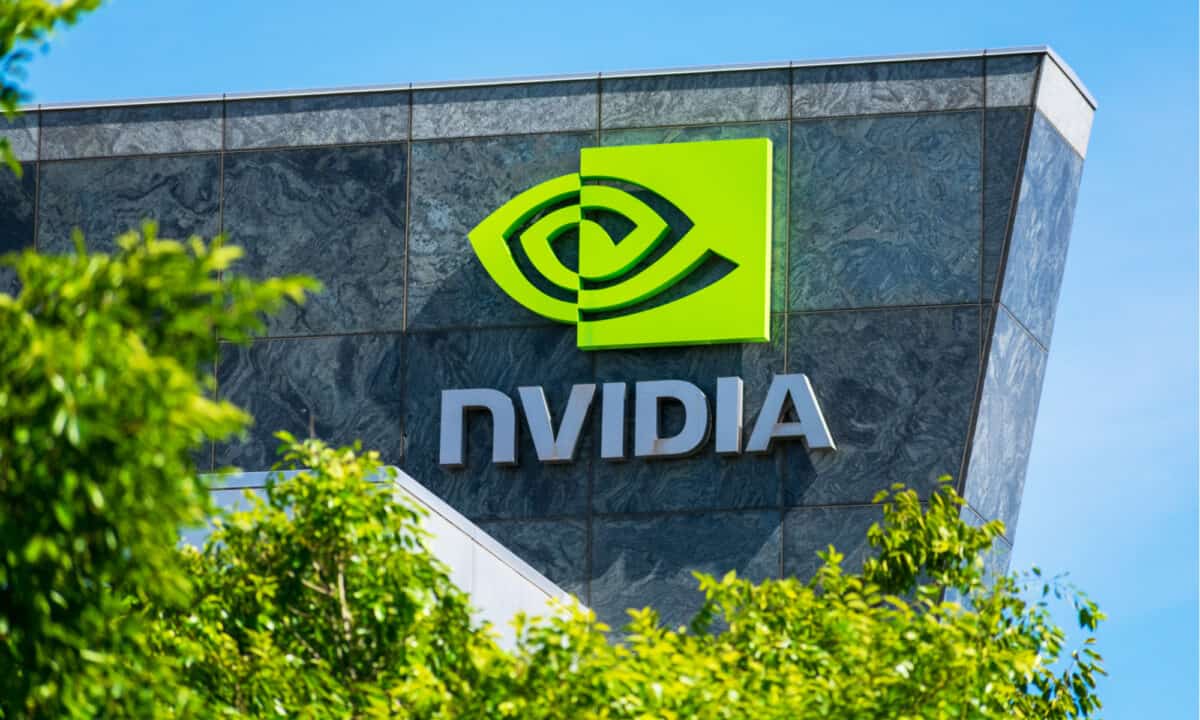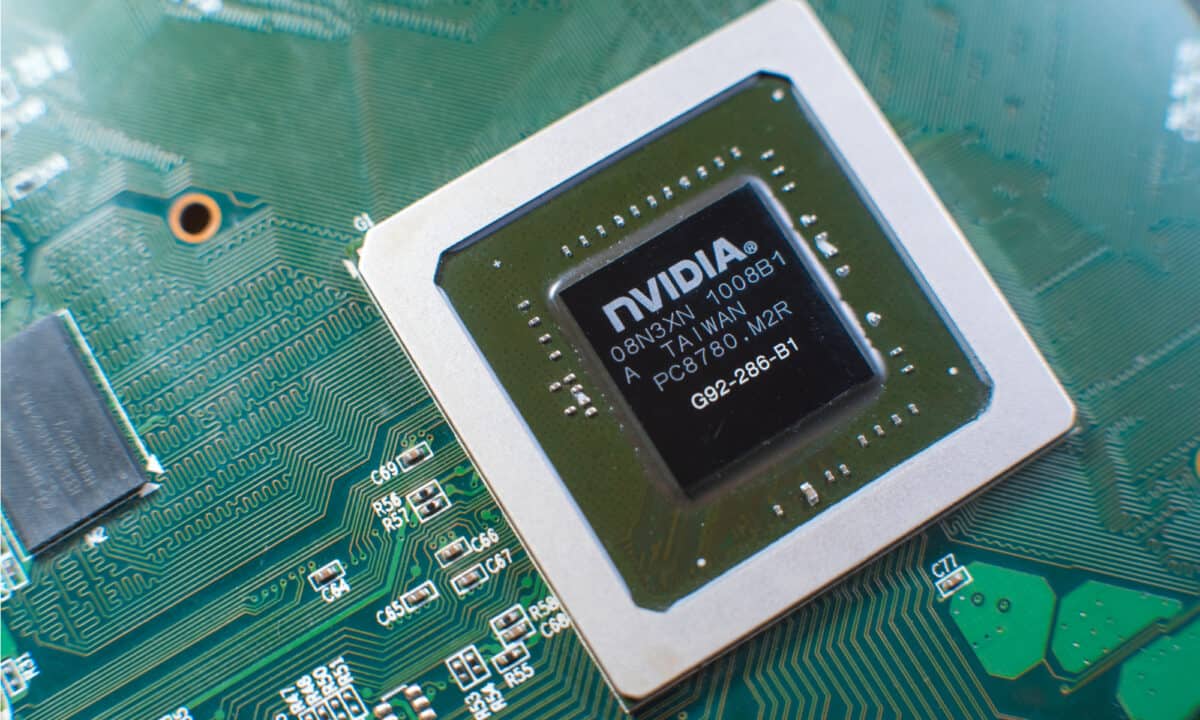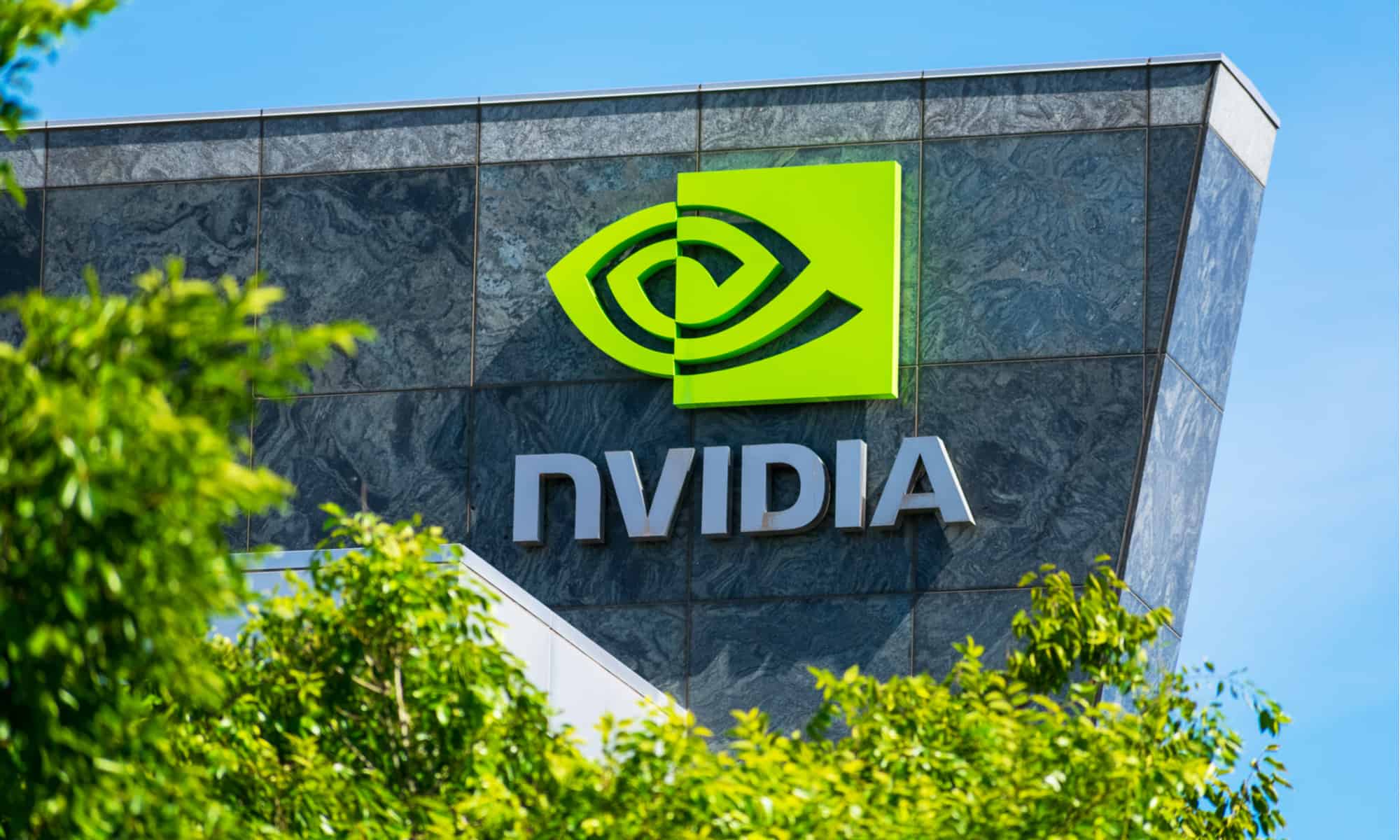The massive impact and tight hold that tech companies have had on the 21st century has seemingly known no bounds. This is true of the giants such as Apple and Tesla, the software titans such as Microsoft and Google, and the social media kings such as Facebook and Twitter. However, the true scope and actual reach of the multinational technology industry is so much bigger than just these half-dozen companies. There are countless others with just as much significance but not nearly as much media attention.
Take Nvidia, for example. This American multinational tech company is one of the most important in the world, yet you might not even know half of what the company does, where it came from, and what it’s responsible for bringing to the tech world at large. Let’s take a closer look at the facts surrounding Nvidia below.
Quick Facts
- Year Founded
- 1993
- Founders
- Jensen Huang, Chris Malachowsky, and Curtis Priem
- Industry
- Multinational technology company
- Headquarter
- Santa Clara, California
- Key People
- Jensen Huang
- Notable Products
- Tegra Processor, GeForce
- Website
- https://www.nvidia.com/en-us/
The History of Nvidia: What to Know
Nvidia began in early 1993 when current CEO and founder Jensen Huang left his position as director of LSI Logic’s CoreWare and joined Sun Microsystems electrical engineer Chris Malachowsky and Sun Microsystems senior staff engineer Curtis Preim to focus on innovative graphics-based computing. A small but mighty industry that was burgeoning at the time, their ability to see the potential the future of computer graphics held proved to be incredibly successful for the trio.
The company released the RIVA TNT in 1998, which was a 2D and 3D video graphics accelerator chip that immediately put Nvidia on the map. It was released in direct competition with the now-shuttered 3Dfx’s product, the Voodoo2. Nvidia subsequently put out the GeForce 256, which brought on-board transformation and lighting (or T&L) to the world of 3D consumer-level hardware. In fact, this was the first taste the world had of the many great GeForce products to come from Nvidia in the future ahead.

©Michael Vi/Shutterstock.com
The Founding of Nvidia: How It Happened
Founders Jensen Huang, Chris Malachowsky, and Curtis Preim were unified by their belief in accelerated graphics-based computing. This solidarity is the key to the founding of Nvidia. With just $40,000 between the three of them, Huang, Malachowsky, and Preim were able to create the company soon known as Nvidia (a portmanteau of the words “new version” and the Latin word for envy, “invidia”). After they began to research the potential of graphics-based computing through the lens of video games, the three were able to secure $20 million in funding from various venture capitalists who saw the potential too. The company (and its stock)’s public launch date was January 22nd, 1999. The rest, as they say, is history.
Nvidia Through The Decades
As the 1990s gave way to the 2000s, things began to rapidly accelerate for Nvidia. This trend continued throughout the 2000s and into the 2010s. Let’s take a look at the course of history for Nvidia through the decades.
The 2000s
Thanks to the smash success of the RIVA TNT and the GeForce 256, Nvidia was offered the contract for Microsoft’s Xbox graphics hardware (a contract that earned them a substantial $200 million in advances alone). While the massive undertaking kept many great engineers from being able to work on other important Nvidia projects, the company managed to turn in a great product to Microsoft as well as finish their own GeForce 2 GTS.
Several years and various acquisitions later, Nvidia earned a similar contract, this time for Xbox’s main rival: Sony. Specifically, Sony’s PlayStation 3. After continuing to bolster its own roster of technologies and services, the company was able to integrate these innovative technological advances into its final product for the PS3.
By 2008, in a bit of great news for those who owned stock in the company, Nvidia began reporting more than $200 million in quarterly revenue — only to be hit with reports of defective GPUs and mobile phone chips. While the company did not disclose which of its semiconductor products were most significantly impacted, there’s no doubt this development gave the company (and its stock) a serious hit to close out the decade.
The 2010s
The start of the next decade saw Nvidia reaching a settlement in regards to the faulty GPUs and mobile chips as well as a massive, multi-billion-dollar deal with Intel. From there, it was off to the races. Continued acquisitions, continued chip innovations, and continued global reach all spelled great success for Nvidia. They released the Tegra 3 ARM system-on-a-chip, the Tegra 4, and the Nvidia Shield — a handheld gaming console — all with a launch date that fell within the first three years of the 2010s.
In 2014, the company made the decision to home in on three specific markets: automotive electronics, mobile devices, and video gaming. Since then, all of their releases have been catered to one or more of these three distinct markets. 2016 brought with it the launch date for the GeForce 10 series, boasting some of the most impressive specs of the company’s history thus far. (For instance, the GeForce 10s supported SMP, or simultaneous multi-projection, which means they were specially designed to support multi-monitor and VR setups.)
After another minor lawsuit toward the end of 2016, this time for false advertising in relation to its GTX 970 and its inability to use all its advertised RAM, Nvidia’s artificial intelligence arm partnered with both car manufacturer Toyota and popular search engine Baidu in 2017. The partnerships didn’t stop there, either: Soon, Nvidia was working with Google and Apple, and continuing their partnership with Intel. By the end of 2019, Nvidia stock had begun an upward ascent that continued into the 2020s.
What Are the Most Important Inventions From Nvidia?
While Nvidia is responsible for all sorts of important inventions, there are a couple that can be deemed the most important by far. One is vital for the past couple of decades of computing, and the other could make all the difference in the world of computing to come. Here are the facts.
The GPU
Nvidia was the inventor of the very first GPU in history. There’s no way to fully encompass just how important the GPU has been for the past couple of decades, but without them, there would be no machine learning, video editing, or modern gaming software.
The Omniverse
Looking ahead to the future, Nvidia’s Omniverse could be one of the most important inventions of the coming decades. A real-time reference platform and tool that developers and designers can use to render, simulate, and create simulations in scalable 3D, the Omniverse has the potential to be the very foundation of the virtual world so many are striving to create.
How Does Nvidia Make Money?
A vast majority of Nvidia’s money comes from the sales of its GPUs. This is what makes up nearly 90% of its total revenue. Its Tegra processors account for much of the remaining percentage, with its various other products and services coming in at much smaller single-digit percentages. All in all, the company tends to bring in tens of billions a year — $16 billion in 2021 and an estimated $26 billion in 2022.

©Hairem/Shutterstock.com
Nvidia Acquisitions
Almost as much as they are known for their GPUs, semiconductor products, and computer software, Nvidia has made quite the name for itself through its many acquisitions of the competition. Here are just a few of the most notable acquisitions of their competition throughout the decades:
- 3Dfx: 2002
- Exluna: 2002
- MediaQ: 2004
- iReady: 2004
- ULI Electronics: 2005
- Hybrid Graphics: 2006
- PortalPlayer, Inc: 2007
- Ageia: 2008
- Icera: 2011
- PGI: 2013
- Mellanox Technologies: 2019
Nvidia Notable Controversies
While some were both mentioned in passing above, Nvidia has been at the center of a couple of pretty notable controversies in its time. Let’s take a closer look at some of them.
GPU Class Action Suit
In 2008, Nvidia was at the center of a class-action lawsuit over defective GPUs that had been used in Apple, Dell, and HP laptops. Nvidia never disclosed exactly which GPUs were the ones impacted by the suit, but the company eventually reached a settlement in the fall of 2010. In the settlement, Nvidia offered to reimburse or completely replace those who owned laptops affected by the fault.
False Advertising Suit
The release of the GeForce GTX 970 in the fall of 2014 brought with it a very serious controversy: While Nvidia had stated in advertising that the cards boasted 4 GB of memory, the GTX 970 never exceeded 3.5 GB. After further testing, it was revealed that the card’s performance took a significant hit if 3.5 GB was ever exceeded. After a typically rigorous and long-winded legal process over the next couple of years, Nvidia eventually settled the class-action lawsuit by offering all who had purchased the GTX 970 a $30 refund.
Next Up…
Interested in other tech giants which bestride the world of computing at present? Click on the links provided below:
- Facebook: Complete Guide — History, Products, Founding, and More: The mere process of creating it very nearly landed Mark Zuckerberg in hot water. Find out the story of one of the most successful forms of social media of all time.
- Skype Guide: History, Origin, and More: Before there was WhatsApp or Telegram, there was Skype. Find out how it all began.
- Google: Complete Guide – History, Products, Founding, and More: Like Amazon, this corporation also started life in a garage before taking over the world. Here’s the story of how it all happened.
The image featured at the top of this post is ©Michael Vi/Shutterstock.com.


